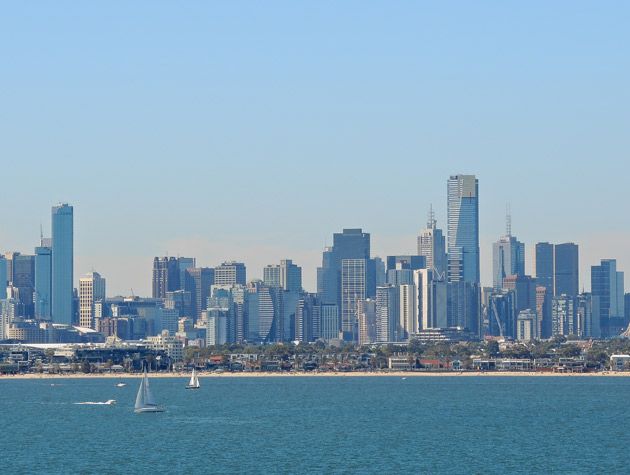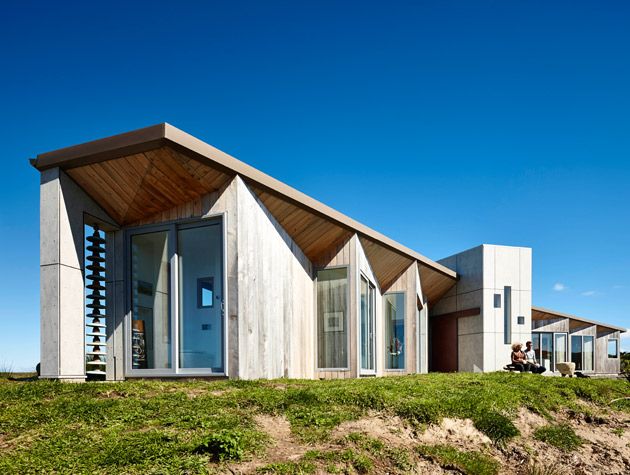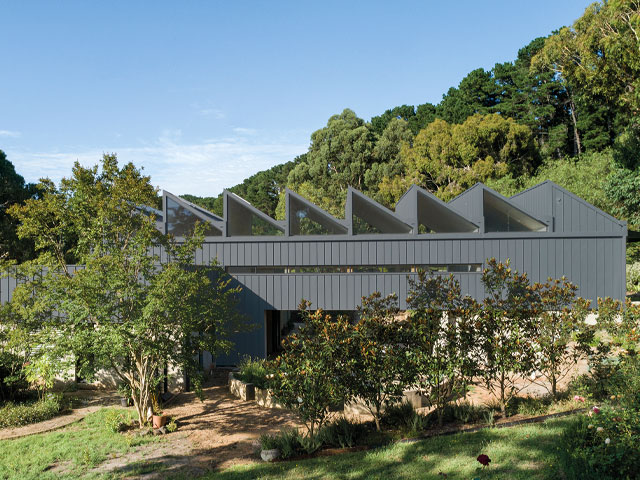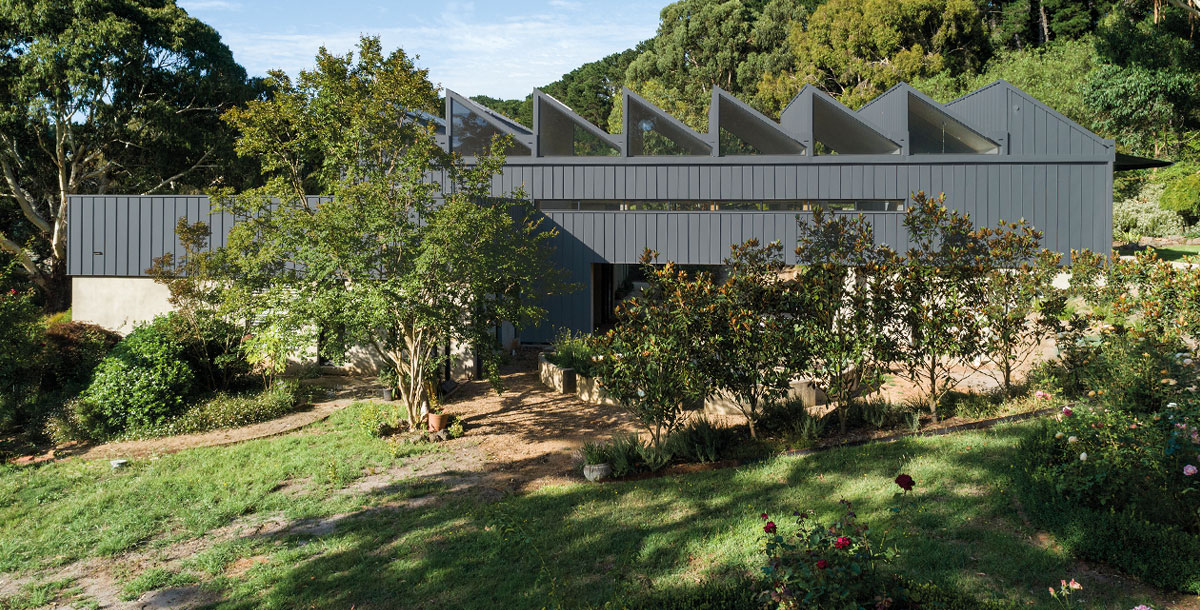Kevin McCloud on the UK housing market
Comparing the inflated UK market with affordable Australia
During the run-up to the last UK general election, 14 per cent of people polled by Mori said that housing was the most important agenda item for the forthcoming government.
Subsequently, Mark Carney, governor of the Bank of England, said that the national housing crisis represents the single biggest threat to the economy. These are sobering facts, not yet fully absorbed in Whitehall, which raise the issue of affordability.
We all know that the vast majority of our homes are hugely expensive for what they are. This is not because developers make too much money. No, hang on, some do. On the whole, it’s because land is too expensive. In fact, even the terms I’m using muddy the issue.

Melbourne. Photo: Flickr/Peter Mackey
I have a great deal of sympathy for housebuilders, since I am one and because they face the pragmatic difficulty of constructing homes at the coalface of development. Developers, meanwhile, are all too often the middlemen of the equation: the profiteers who buy land from owners, ‘turn’ it and extract healthy profits without actually doing very much.
They benefit from a system in which land increases exponentially in value once it’s been allocated for building. Why is that? Why does land have to cost so much? It’s because ever since the war, the planning system has restricted its availability. The bureaucratic controls governing the release of land for building have conserved the green belt, cherished some of the finest countryside in the world and, by the same stroke, pushed house prices to astronomic levels.
These three striking points are related. When we buy a home, most of what we pay is for the land. It’s seemingly a lost sum, almost a tax burden we have to carry for living in this beautiful – if crowded – country. The 2012 National Planning Policy Framework was designed to smash this dysfunctional model, but most local authorities still apply the modus operandi that planners have evolved and practised for the past 65 years – one that rewards landowners and developers, but penalises small-scale builders, homeowners and renters.

King Island Whale Tail House from Grand Designs Australia
HMRC says that the median salary in the UK is currently £27,600. After tax, that figure is about £22,000. According to housing charity Shelter, for housing to be deemed affordable, its cost must stay at less than 35 per cent of a household’s net income. So, in order for our society to remain stable and for people to enjoy a modicum of comfort and security, the average householder should pay no more than £7,700 a year on either rent or their mortgage, plus associated costs.
In Greater London, where rental homes are hard to find, renting one room in a house-share with two other earners will set you back around £10,000 a year (there will always be an agent’s fee, too). The cost for a two bedroom flat for a family of three is around £16,500 a year in somewhere ‘cheap’ like Poplar. That’s 75 per cent of average earnings. Which is crippling.
It isn’t hard to imagine how people’s lives are blighted by this imposed form of artificial poverty. Equally, one can extrapolate the wider economic effect this has in diminishing the contribution that households are able to make to the national economy.

CLT extension with sawtooth roof fitted with solar panels in Australia. Photo: Diana Snape
Meanwhile, on the other side of the topsy-turvy planet, the Australian Bureau of Statistics puts the average 2016 full-time earnings at AU$82,000 or AU$62,000 (around £38,000) after tax. In Melbourne, considered by UNESCO as the most liveable city in the world, to rent an equivalent family flat costs AU$16,800 a year. That’s just 27 per cent of earnings. Hell, a brand new luxury apartment right in the city centre will still only cost 55 per cent of your yearly earnings to rent. Cheap for a banker, then.
If you want to own a period three-bedroom house within 45 minutes of Melbourne city centre, it costs AU$600,000. That’s around £370,000. The equivalent home in Bristol is about £600,000; a similar house in Brixton around £1million. I don’t think it coincidental that Melbourne has much cheaper homes while at the same time delivering an unrivalled quality of life.
We all know that London’s prices are outrageous and dysfunctional. Yet across the rest of the country, things are not ideal. The national percentage of average earnings spent on rent is 47 per cent – still a full 12 per cent higher than Shelter’s threshold. The conclusion is obvious: much of our housing is too expensive to either own or rent.
The delivery model is not fit for purpose. We need to explore new models for affordability, find innovative ways of building entry-level homes, free up more land where homes are truly needed and extinguish the assumption that land is an appreciating commodity which can be turned, every time, again and again.
The alternative is what Shelter predicts and Mark Carney fears: a housing market so controlled and manipulated that it threatens the collapse of the economy at large – with a population so wearied, stressed and diminished, it ceases to function socially.









